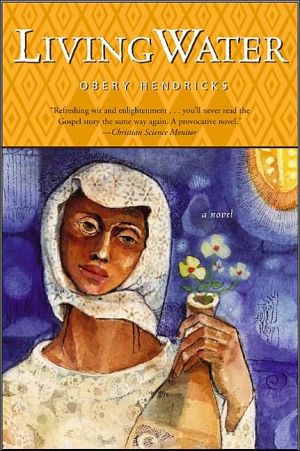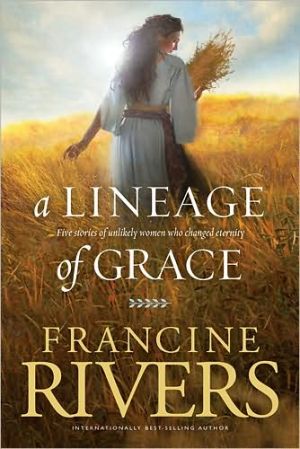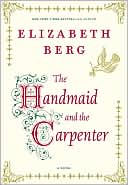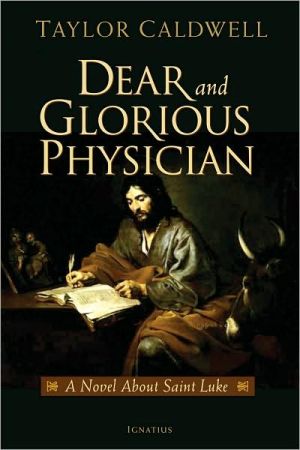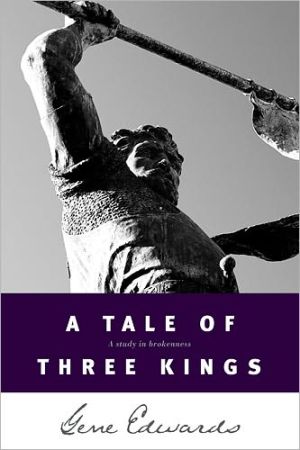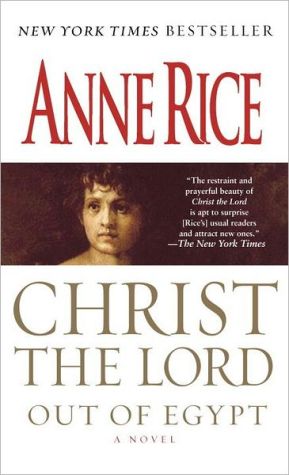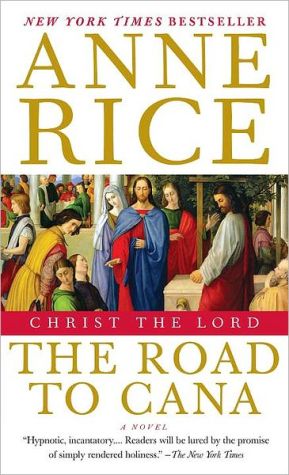Living Water
Sprung from the pages of The New Testament, Living Water is a gripping and lyrical portrayal of a young women's search for identity set against the strict social confines of the time. This extraordinary first novel brings to life one of the most mysterious and intriguing characters in the Bible – the woman at the well. \ In a village torn apart by senseless violence, a young girl struggles to mute her passion for life to survive the harsh social restrictions of her people....
Search in google:
Sprung from the pages of The New Testament, Living Water is a gripping and lyrical portrayal of a young women's search for identity set against the strict social confines of the time. This extraordinary first novel brings to life one of the most mysterious and intriguing characters in the Bible – the woman at the well. In a village torn apart by senseless violence, a young girl struggles to mute her passion for life to survive the harsh social restrictions of her people. Catapulted into a series of abusive marriages, she soon becomes a woman unrecognisable from the little girl she once was. After her fifth husband is found bloody and beaten, she emerges amid the scandal and accusations to try and reclaim her life. In the tradition of Their Eyes Are Watching God, The Color Purple and Paradise, Obery Hendricks uses both fine detail and broad strokes to crisply depict this period of early history. And in doing so, this sophisticated literary debut delivers a universal tale of liberation and reconciliation, love and faith.Publishers WeeklyInspired by the New Testament vignette about the woman at the well, first-time novelist Hendricks imagines the life story of a Samaritan woman who spreads the word of God after an encounter with Jesus Christ. Growing up, Maryam is viewed with suspicion in her village; neighbors derisively call her "gibora," meaning brave and bold-qualities that girls are not supposed to have. Since the humiliating day when the Roman soldiers stripped and beat the Samaritan men in front of their wives and children, the men have treated women as chattel. When she's 12, Maryam's father marries her to Jalon, a spoiled, dissipated youth, but Jalon divorces her under the law of erwat dabar, which allows husbands to cast aside wives virtually at will. Having no other means of support, Maryam remarries four more times to a sorry collection of men, two of whom commit suicide, before finding Yeshua, a gentle, like-minded husband. She meets Jesus at the well when he asks for a drink of water, promising in return "a spring of water welling up to eternal life." Maryam is surprised that he speaks to her, as Jews don't normally have dealings with Samaritans, let alone Samaritan women. At Jesus' bidding, Maryam brings Yeshua to meet him, and Jesus sends them out to preach the word that men and women are equal under God. Hendricks has his characters speak in Southern black vernacular ("Why men treat women like that?... Sumpin wrong with women?"), which, while slightly distracting at first, is surprisingly effective. The slow-moving action and inspirational tone will turn off some readers, but those interested in biblical history will appreciate this inventive variation. (Feb.) Copyright 2003 Reed Business Information.
\ Michael Eric Dyson"It is hard to believe that this is Hendricks’ first trip to the literary well."\ \ \ \ \ Cornel West"Living Water is an exemplary novel for our times. Don’t miss this book!"\ \ \ Iyanla Vanzant"A divinely inspired bridge to a new level of self-awareness. A must read."\ \ \ \ \ Christian Science Monitor"Refreshing wit and enlightenment... you’ll never read the Gospel story the same way again. A provocative novel"\ \ \ \ \ Publishers WeeklyInspired by the New Testament vignette about the woman at the well, first-time novelist Hendricks imagines the life story of a Samaritan woman who spreads the word of God after an encounter with Jesus Christ. Growing up, Maryam is viewed with suspicion in her village; neighbors derisively call her "gibora," meaning brave and bold-qualities that girls are not supposed to have. Since the humiliating day when the Roman soldiers stripped and beat the Samaritan men in front of their wives and children, the men have treated women as chattel. When she's 12, Maryam's father marries her to Jalon, a spoiled, dissipated youth, but Jalon divorces her under the law of erwat dabar, which allows husbands to cast aside wives virtually at will. Having no other means of support, Maryam remarries four more times to a sorry collection of men, two of whom commit suicide, before finding Yeshua, a gentle, like-minded husband. She meets Jesus at the well when he asks for a drink of water, promising in return "a spring of water welling up to eternal life." Maryam is surprised that he speaks to her, as Jews don't normally have dealings with Samaritans, let alone Samaritan women. At Jesus' bidding, Maryam brings Yeshua to meet him, and Jesus sends them out to preach the word that men and women are equal under God. Hendricks has his characters speak in Southern black vernacular ("Why men treat women like that?... Sumpin wrong with women?"), which, while slightly distracting at first, is surprisingly effective. The slow-moving action and inspirational tone will turn off some readers, but those interested in biblical history will appreciate this inventive variation. (Feb.) Copyright 2003 Reed Business Information.\ \ \ \ \ Kirkus ReviewsAn unusual first novel by Hendricks, immediate past president of the Payne Theological Seminary, depicts the life of a minor character in the Gospel of St. John. \ The Woman at the Well appears only once in the Gospels-in the fourth chapter of John, where Christ, asking her for a drink of water, says he can offer in return "the living water" that will satisfy her thirst for all eternity. From this brief episode, Hendricks fleshes out a fully imagined biography of the woman, named Maryam, from her early childhood during the Roman occupation to her new life as a disciple of the Messiah. He creates a portrait of an entire world, as well-one where women are treated as chattel by men who can, and do, divorce them at will. Maryam, known throughout her village as a gibora (wild girl), is a spirited and independent woman who finds wifely submission difficult-and is often discarded by her husbands as a result. Like most abandoned women of the time, she faces a stark choice-prostitution or remarriage-and most men willing to marry divorcées are no great catches. For Maryam, then, it comes as something of a shock to find that Christ not only speaks to her as an equal (no Jew of those days would have spoken to a woman in public) but also entrusts her with the mission of taking the good news of his preaching back to her village. As a disciple, she transcends role models entirely, since (as St. Paul says somewhere) "in Christ there is neither male nor female."\ An intriguing idea, yet Hendricks's debut never comes to life. The device of having the characters speak in southern black patois ("They're all raggedy and boys be throwing rocks at them and people be ignoring them and everything!") isdisconcerting, and Christ himself sounds more like New Age guru ("Prepare yourselves to be vessels of love") than savior.\ \ \
